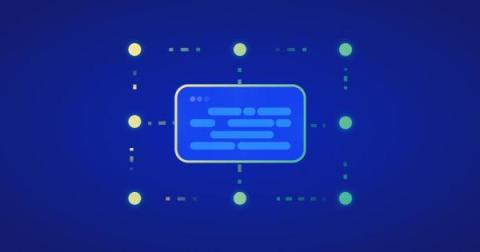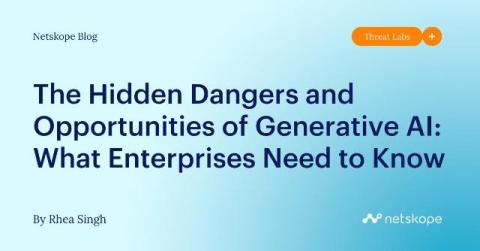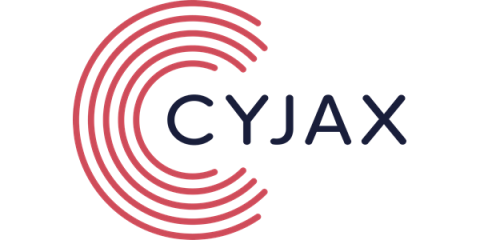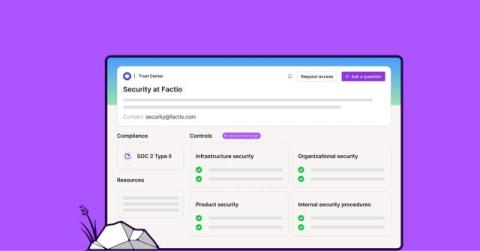WatchGuard Endpoint Release Process
Recent news of a global IT disruption caused by a security vendor’s content update has driven important conversations about quality assurance processes for endpoint products and content updates. At WatchGuard, with more than 30 years of experience in this industry, we know well the sensitivity of the update process and wanted to take this opportunity to highlight the processes we have in place to protect our valued partner community and customers from the impacts of a flawed update rollout.











